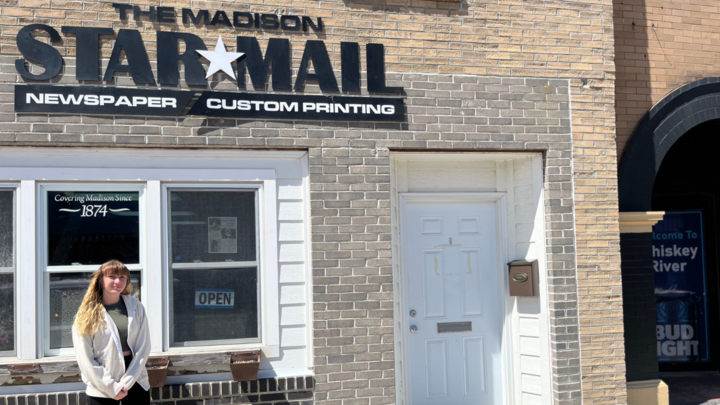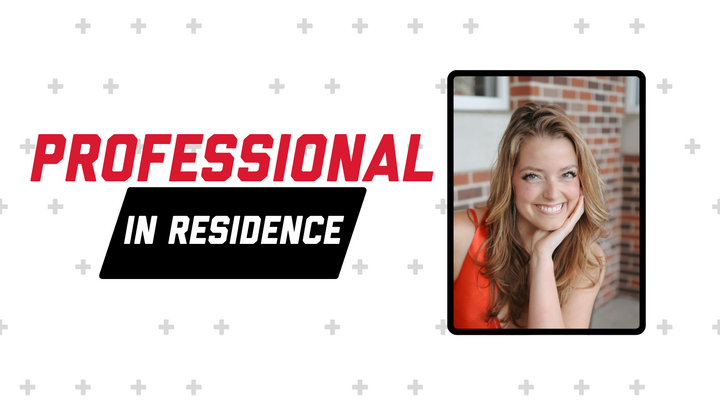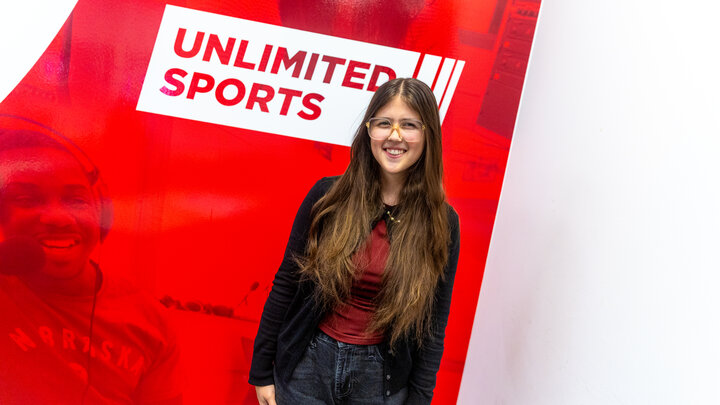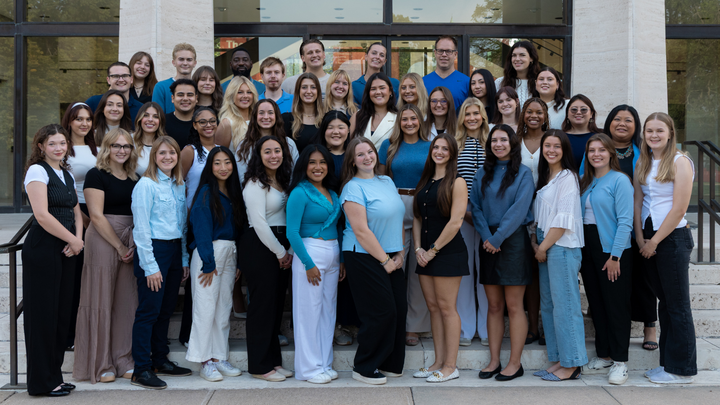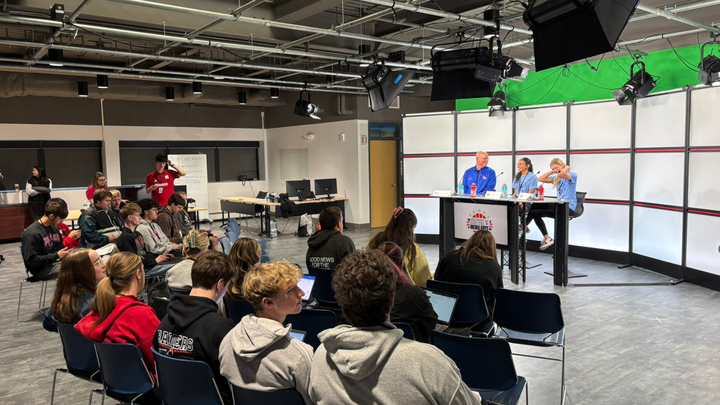Across the state, there is growing concern about the sustainability of local news. Newspapers and local TV stations are closing or downsizing, and there are fewer journalists to cover local sports, meetings and government. But up until now, there was no way to know exactly where local news was thriving and where it was dying.
To better understand where local news is lacking and thriving and what those communities look like, Jessica Walsh, a professor at Nebraska's College of Journalism and Mass Communications, has produced the first-ever Nebraska local news interactive map and ecosystem report.
Walsh and her team published the Nebraska News Map in January following a year of data collection and research. The Nebraska News Map project documents every local news organization in the state, including radio, local TV, newspapers and digital sites. In addition, the map allows users to see U.S. Census information such as race and education by county and then compare that data to local news outlets.
Key findings include:
- There are 565 full-time local journalists working at local news organizations in Nebraska.
- 42,942 Nebraskans live in counties that do not have a full-time or part-time local journalist
- Telemundo Nebraska is the only professional journalism organization providing local news for Spanish speakers, with three reporters based in Omaha. Telemundo previously had a full-time Spanish-speaking reporter in Grand Island. There are a smattering of radio stations and digital sites that provide some local news for Spanish speakers, but they are not solely focused on local journalism.
- Nine counties have no local news organization based in that county; 11 counties have no local journalists.
- Fifty-five counties have two or fewer full-time local journalists, or about 58% of the state's counties.
- Sixteen county seats have no local news organization in that county seat.
- Nebraskans served by one or fewer journalists and who have little or no access to local news generally also live in places where income and education levels are lower and there is less broadband permeation.
- Thirty Nebraska newspapers have no website (not including social media pages).
Nebraska joins a growing movement across the country focused on mapping and better understanding local news ecosystems. University researchers in a dozen states have completed or are working on local news ecosystem projects, including New Jersey, Colorado, Minnesota and Washington state.
Walsh, a local news researcher and former journalist, received funding from private donor Marty Liggett, a UNL alumnae, a $10,000 UNL faculty seed grant from the UNL Research Council and $5,000 from the Nebraska Press Association Foundation and the Nebraska Broadcasters Association to fund the Nebraska News Map. Four undergraduate students helped compile data or work on the website.
Daniel Wheaton, a UNL geography graduate student and data journalist with the Midwest Newsroom who is based in Lincoln at Nebraska Public Media, consulted on the project, and Ben Vankat and Quentin Lueninghoener of Hanscom Park Studio in Omaha designed and created the map.
“Studies have shown that when communities lose access to local news, it can affect how people vote, how they engage with their community and can drive them to more polarized national news,” Walsh said. “Now that we know what local news access looks like in Nebraska, we can work to find ways to support local journalists and news organizations.”
Shari Veil, the Jane T. Olson Endowed Dean of the College of Journalism and Mass Communications, secured the initial $30,000 donation from Liggett, which kickstarted the project. Walsh had previously applied for two different grants to fund the project.
"We knew from the start that this project was essential because local journalism is the backbone of our communities," Veil said. "Thanks to the generosity of our donors and the hard work of professor Walsh and her team, we now have a powerful tool that highlights where news is thriving and reveals critical gaps in coverage. Understanding these gaps is the first step in strengthening local news across Nebraska."
UNL Experience Lab student groups Buoy and Production House also supported this project. Buoy students designed a social media and PR plan to promote the Nebraska News Map, and Production House students gathered video content to highlight the work local Nebraska journalists are doing every day to report the news.
Walsh can be reached at jwalsh5@unl.edu.
